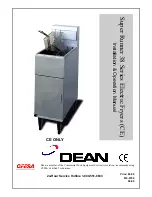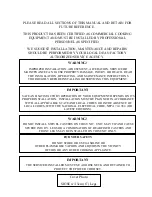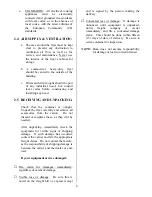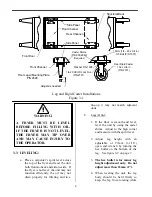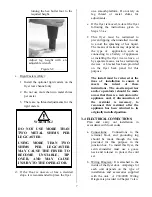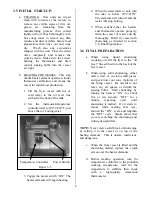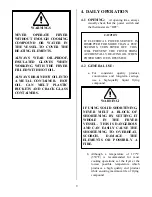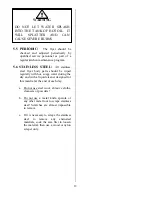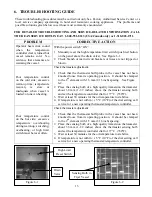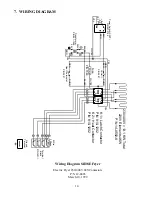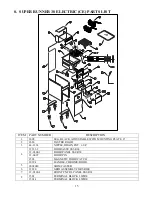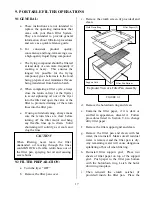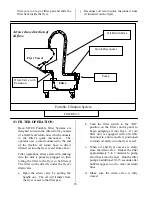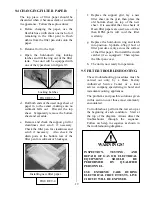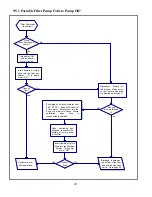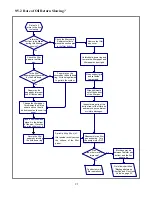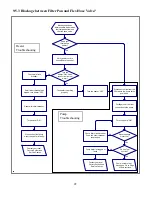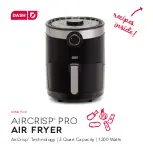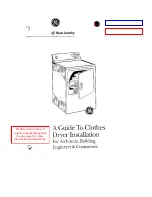
7
turning the hex bullet foot to the
required height.
c.
Rigid Casters (Only):
1. Install the optional rigid casters on the
fryer rear channel only.
2. Do not use more than two metal shims
per caster.
3. There are no thread adjustments for the
rigid casters.
d.
If the floor is uneven or has a decided
slope, it is recommended to place the fryer
on a smooth platform. Do not rely on
leg thread or caster shims for
adjustments.
e.
If the fryer is moved, re-level the fryer
following the instructions given in
Steps 3.3.a-c.
f.
This fryer must be restrained to
prevent tipping when installed in order
to avoid the splashing of hot liquid.
The means of restraint may depend on
the type of application, such as
connecting to a battery of appliances
or installing the fryer in an alcove, or
by separate means, such as restraining
devices. A bracket has been provided
on the fryer back panel for this
purpose.
The install must be reviewed at the
time of installation to ensure it
meets the intent of these
instructions. The on-site supervisor
and/or operator(s) should be made
aware that there is a restraint on the
appliance and, if disconnection of
the restraint is necessary, to
reconnect this restraint after the
appliance has been returned to its
originally installed position.
3.4 ELECTRICAL CONNECTIONS:
Plan and carry out installation in
accordance with local codes.
a.
Connections: Connections to the
terminal block and grounding lug
should be made through the hole
provided for this purpose in the
junction box. To install this fryer, the
servicer/installer must use a goose
neck and retainer to protect the cord
set.
b.
Wiring Diagram: It is attached to the
inside of the fryer door. Amperage for
each unit depends on the type of
installation and accessories supplied
with the unit. A 230/400V Wiring
Diagram is provided in Chapter 7 also.
Adjust leg height with an
adjustable wrench.
Figure 3-2
WARNING!
DO NOT USE MORE THAN
TWO METAL SHIMS PER
LEG/CASTER
.
USING MORE THAN TWO
SHIMS PER LEG/CASTER
MAY CAUSE THE FRYER TO
BECOME UNSTABLE, TIP
OVER, AND MAY CAUSE
INJURY TO THE OPERATOR.

